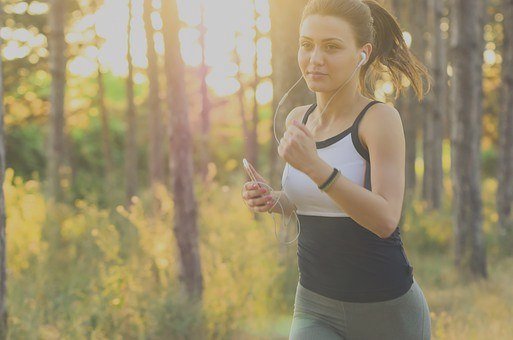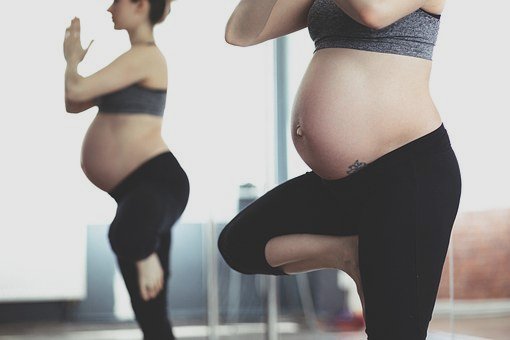PHYSICAL ACTIVITY AND EXERCISE
THE IMPORTANCE OF EXERCISE
Exercise improves fitness, increases insulin sensitivity, maintains bone health, helps in weight management, and improves sleep patterns. Exercise can help lower blood glucose levels, which is why exercising in the morning or after a meal might naturally help to lower any higher blood glucose levels.
People with diabetes are encouraged to exercise regularly for better blood sugar control and to reduce the risk of cardiovascular diseases.
The reason for this is that muscles which are working use more glucose than those that are resting.
Muscle movement leads to greater sugar uptake by muscle cells and lower blood sugar levels.
Additional benefits of exercise include a healthier heart, better weight control and stress management.
Exercise is the common term used to describe any bodily activity that enhances or maintains physical fitness and overall health and wellness.
Besides strengthening the cardiovascular system and the body’s muscles, many people exercise to keep fit, lose or maintain a healthy weight, sharpen their athletic skills, or purely for enjoyment.
Frequent and regular physical exercise is recommended for people of all ages as it boosts the immune system and helps protect against conditions such as:
- Heart disease
- Stroke
- Type 2 diabetes
- Cancer and other major illnesses
TYPES OF EXERCISE
In the UK, regular exercise is defined by the NHS as completing 150 minutes of moderate intensity aerobic activity a week.
Aerobic activity at moderate intensity basically means exercising at a level that raises your heart rate and makes you sweat. This includes a multitude of sports. For example;
- Brisk walking
- Swimming
- Running
- Dancing
- Skipping
- Dancing
- Hiking
PRECAUTIONARY MEASURES
There are some exercise precautions which people with diabetes must take, however, when done safely, exercise is a valuable aid to optimal health.
Exercise precautions are designed to help people with diabetes avoid problems which can result from unwise exercise choices.
Hypoglycemia can occur if a person who is taking blood sugar lowering medication has:
- Eaten too little carbohydrate (fruit, milk, starch) relative to the exercise.
- Taken too much medication relative to the exercise
- Combined effect of food and medication imbalances relative to the exercise
Precautions for people on insulin or oral medication
Precautions to take if you take insulin or oral diabetes medication:- If your blood sugar level is less than 5.5 mmols/l (100 mg/dl) prior to exercise, take a carbohydrate snack prior to beginning the exercise.
- If your blood sugar level is higher than 5.5 mmols/l (100 mg/dl) before exercise, it may not be necessary to take a carbohydrate snack before a light exercise session, but you may need extra carbohydrates during or following the exercise. Check your blood to see if your blood sugar dips below 4 mmols/l (70 mg/dl) following exercise.
- If you experience hypoglycemia, follow the Carbohydrate Treatment guidelines. Follow up with your doctor. You may be advised to lower your medication on days you exercise if your blood sugar levels are well-controlled and usually within target range.
- For long duration and/or high intensity exercise sessions, plan extra carbohydrate snacks during the activity. Additional carbohydrates is suggested each 30 to 60 minutes of exercise (e.g. soccer game, hiking, biking, skating, etc).
- Always carry a fast-acting carbohydrate food such as glucose tablets when exercising in the event blood sugar drops too low and hypoglycemia symptoms develop during exercise.
- Wear a form of ID, which identifies you as having diabetes, particularly if you are exercising alone so that others may help you appropriately in the event something unexpected happens.









